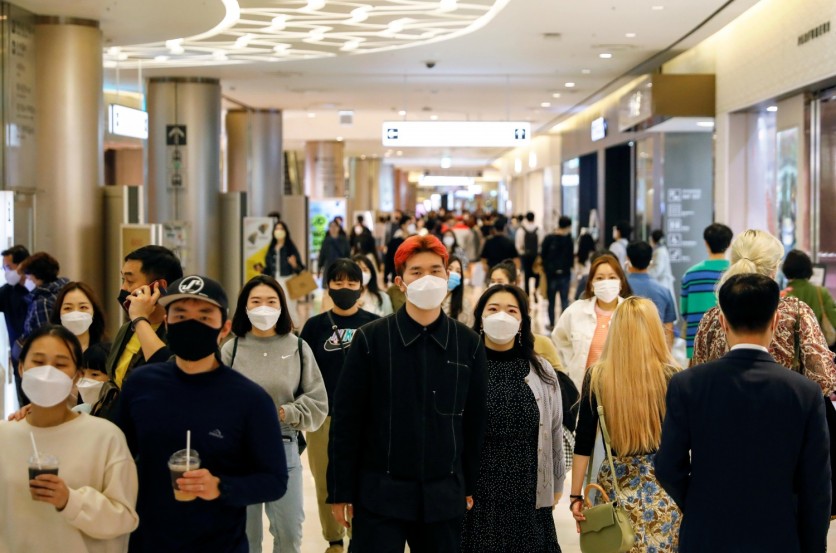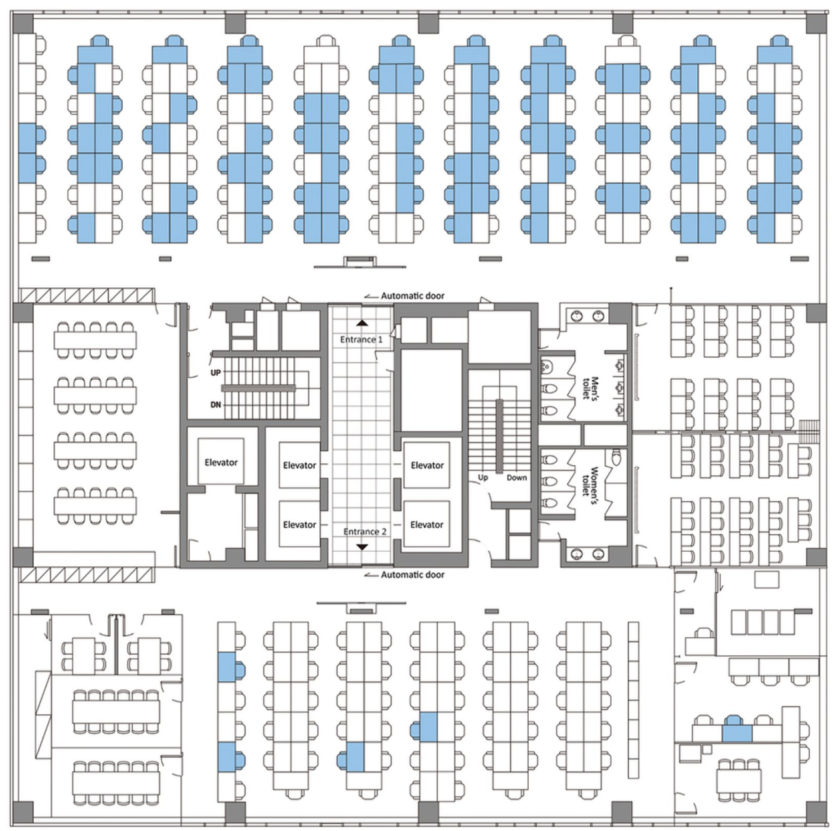After the call center outbreak in South Korea, new research by the Korean Centers for Disease Control and Prevention (KCDC) showed how easy it is to spread coronavirus in an office.

Nearly half (44%) of employees working on the identical floor tested positive for coronavirus in an unnamed call center in Seoul, South Korea, last month, according to the report.
Out of 811 workers, 97% got the virus - 94 of them sat on the 11th floor at the same time as 79 people were in the same section.
ALSO READ: COVID-19 Update: U.S. Scientists, Billionaires 'Secretly Pushing a Project' vs. Coronavirus
How the virus unfold on the 11th floor
An agent on the said call center in Seoul tested positive on March 8, according to Nikkei's report. The employee, however, was working on the 10th floor and never went to the 11th floor.
Officers closed the building the following day and ordered all employees to self-isolate for 14 days, as per South Korea's current protocol. All residents living on the 13th through the 18th floor were also requested to do home quarantine.
The skyscraper's first 11 floors are commercial real estate, and the rest are residential apartments. That means possible touch should take place within the elevator and the lobby.
All workers and residents, together with their households, had been tested. The authorities took a total of 1,143 swab samples that day.
However, only 97 came back positive with four presymptomatic patients. Around 34 patients, who are all family members of the employees, got the coronavirus, too.
But what took the KCDC's attention was that the most central group of confirmed cases was determined among people who sat close to one another. A total of 216 employees were working on the said floor, but only 94 workers fell ill, which means the virus's attack rate is 43.5 percent.
Contact duration the main facilitator in coronavirus transmission
The Korean Centers for Disease Control and Prevention created a color-coded seating manual of employees working on the 11th floor.

The blue-colored desks in the diagram specify the workers who shriveled the virus. It revealed how offices' inherent structure quickly spread the virus further, particularly with long durations of the interplay between personnel.
The KCDC also emphasized how the length of interplay performed a critical position in spreading the virus further.
"Despite considerable interaction between employees on different floors of the building, the spread of COVID-19 was limited almost exclusively to the 11th floor," the institution notes. The duration of interaction was likely the main facilitator for further spreading, KCDC added.
How South Korea mitigated the decision center outbreak
Based on a report published by the South Korean government concerning the COVID-19 reaction strategy, the fulfillment in flattening the curve was because of mass testing, contact tracing, and using digital surveillance tools.
ALSO READ : COVID-19: Coronavirus Contract Tracing Apps Raise Concerns on Effectiveness, Legality Worldwide
During the call center outbreak in Seoul last month, a team assigned to alert people despatched a total of 16,000 messages to those who came near the building all through the outbreak period.
The initiative highlights how vital transparency is so that humans with capacity publicity can immediately get themselves tested.
The KCDC also emphasized the urgency of mass testing and how it helped mitigate the country by "disrupting transmission chains through isolation of symptomatic and asymptomatic COVID-19 patients."
"Public health officials should maintain active surveillance and epidemiological research in this quickly evolving landscape of COVID-19," the KCDC added.
ⓒ 2025 TECHTIMES.com All rights reserved. Do not reproduce without permission.




